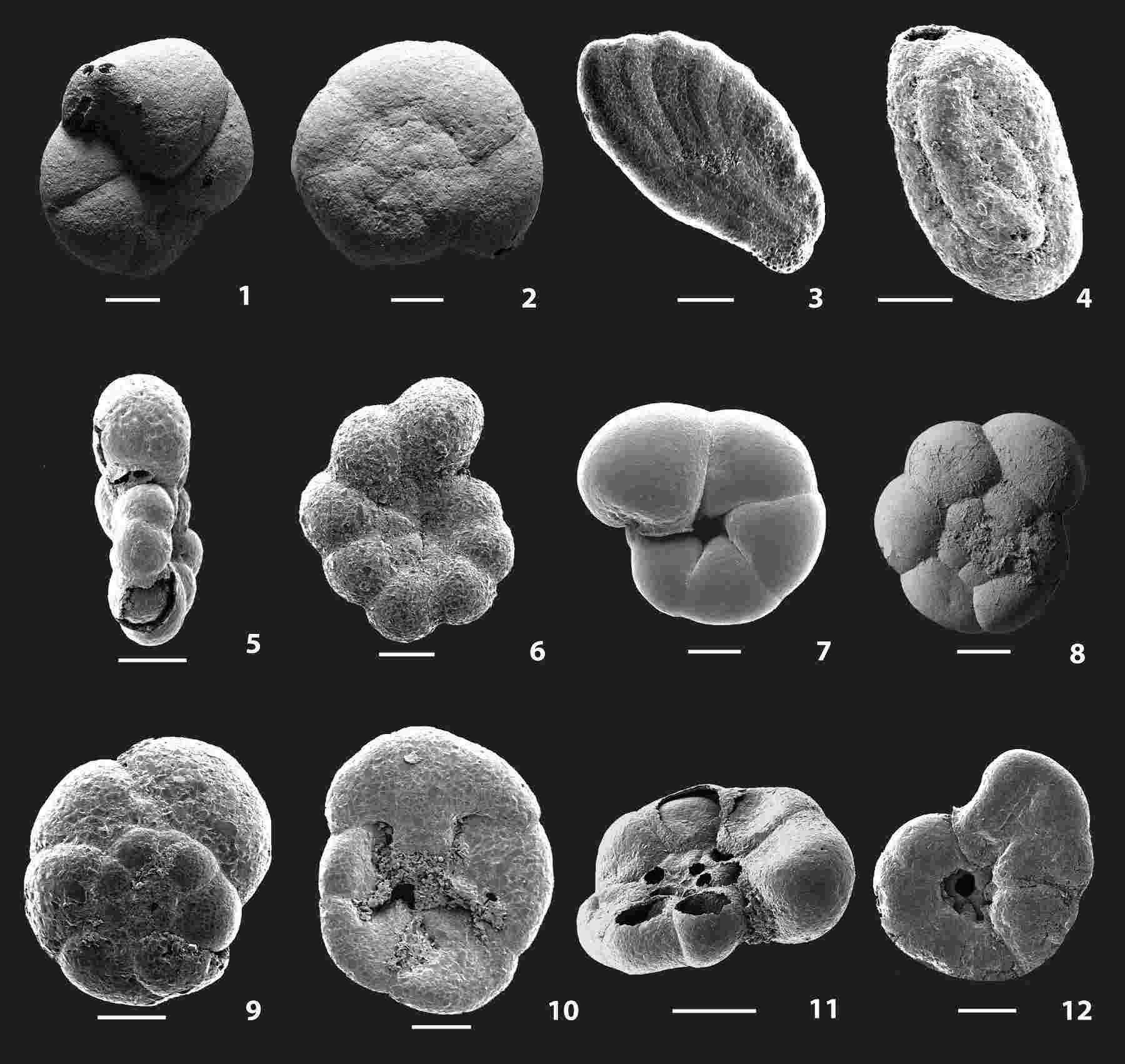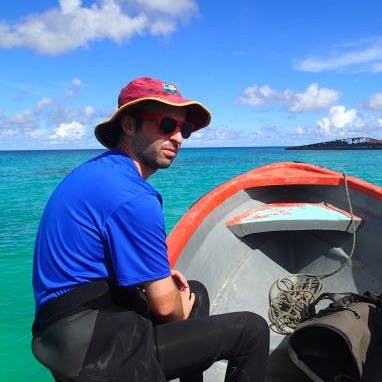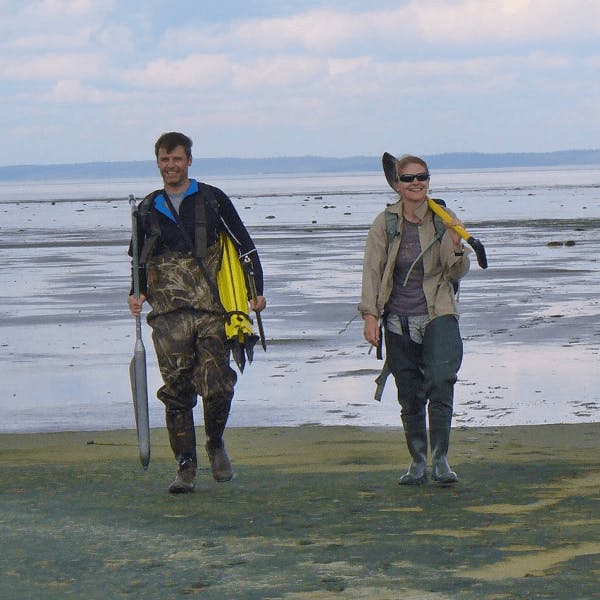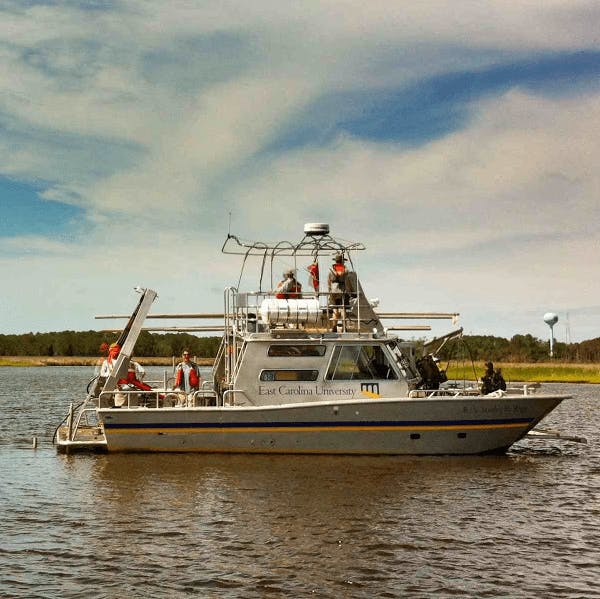My research produces relative sea-level reconstructions at a range of temporal and spatial scales to determine the driving mechanisms behind past, present, and future changes. Active research themes include:

High-resolution (century and decimeter scale) relative sea-level reconstructions for the past ~3000 years
Understanding of sea-level variability during this period is limited and the response to known palaeoclimate deviations such as the Medieval Climate Anomaly, Little Ice Age and 20th century warming is incomplete. These records are a benchmark against which to compare recent trends and help to calibrate predictive models by connecting global mean sea-level change to global mean surface temperature. We demonstrated that the rate of regional and global sea-level rise since the mid-19th century is unprecedented in at least 3000 years.
Holocene sea‐level change in the western tropical Pacific
Geophysical models predict that far-field regions such as the western tropical Pacific experienced a mid-Holocene high stand and therefore relative sea‐level fall during the past ~5000 years. This pattern hinders efforts to produce detailed relative sea‐level reconstructions in the tropics. However, coastal sediment on basaltic islands in Micronesia and Samoa records continuous relative sea‐level rise (as recognized by early work searching for an “ocean dipstick” by Art Bloom for example) because of ongoing subsidence. These islands therefore provide a unique opportunity to build detailed records of late Holocene sea‐level change and thermo-tectonic processes in the tropical Pacific. This work is funded by the National Science Foundation (2018‐2023).


Paleocean dynamics
Changes in the strength and/or position of ocean currents redistribute ocean water on timescales from hours to centuries. This driving mechanism results in a characteristic spatial pattern of regional sea-level change. I am using relative sea-level reconstructions in the North Atlantic Ocean to identify and quantify late Holocene trends in ocean circulation including changes in Atlantic Meridional Overturning Circulation. This work is funded by a CAREER award from the National Science Foundation (2020‐2025).
Urban sea-level change
Sea-level rise poses a hazard to the intense concentrations of population and infrastructure that are increasingly located at the coast. However, almost all existing sea-level reconstructions come from rural locations. I am reconstructing sea-level changes in New York City and Boston to develop a paleoenvironmental history for these cities and local projections for future rise. Recovery of water-level measurements in documentary archives helped to make the Boston tide‐gauge record the longest (since 1825) outside of Europe.
